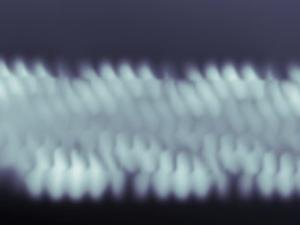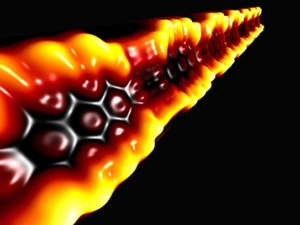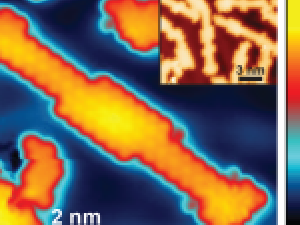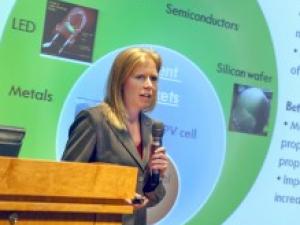

Research Bio
Steven Louie's research group is engaged in research in condensed matter theory covering the areas of semiconductors, metals, surfaces, defects, nanostructure materials (such as fullerenes, nanotubes, and clusters), and many-electron effects in solids. The objective is to explain and predict the properties of materials using first-principles theories and computations.
Research Expertise and Interest
nanoscience, nuclear magnetic resonance, semiconductors, metals, physics, fullerenes, nanotubes, condensed matter theory, surfaces, defects, nanostructure materials, clusters, many-electron effects in solids
In the News
Technique Tunes Into Graphene Nanoribbons’ Electronic Potential
Tying electrons down with nanoribbons
From the Bottom Up: Manipulating Nanoribbons at the Molecular Level
Researchers at Lawrence Berkeley National Laboratory and the University of California, Berkeley, have developed a new precision approach for synthesizing graphene nanoribbons from pre-designed molecular building blocks. Using this process the researchers have built nanoribbons that have enhanced properties—such as position-dependent, tunable bandgaps—that are potentially very useful for next-generation electronic circuitry.
Scientists benefit as much as students from "Cleantech to Market" program
Launched as a pilot project at Berkeley Lab, the Cleantech to Market program is finishing its first semester as an official class at UC Berkeley's Haas School of Business, and it's safe to say the students learned more than they expected on how to take a technology from the laboratory to the marketplace. What was less expected is how much the scientists got out of the program.




